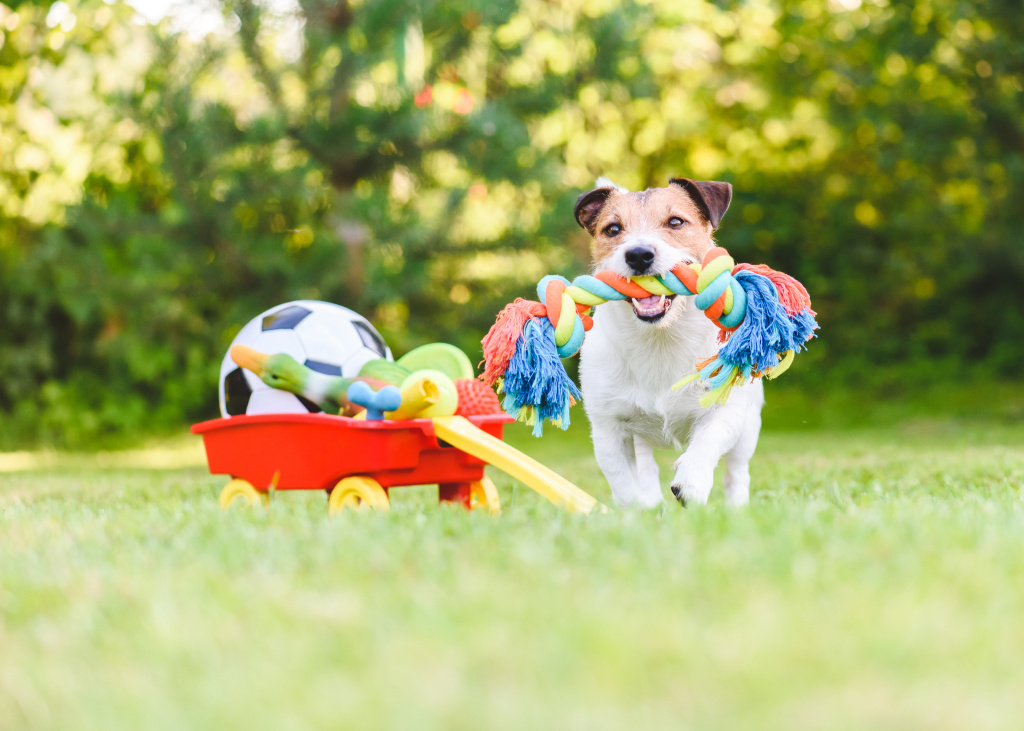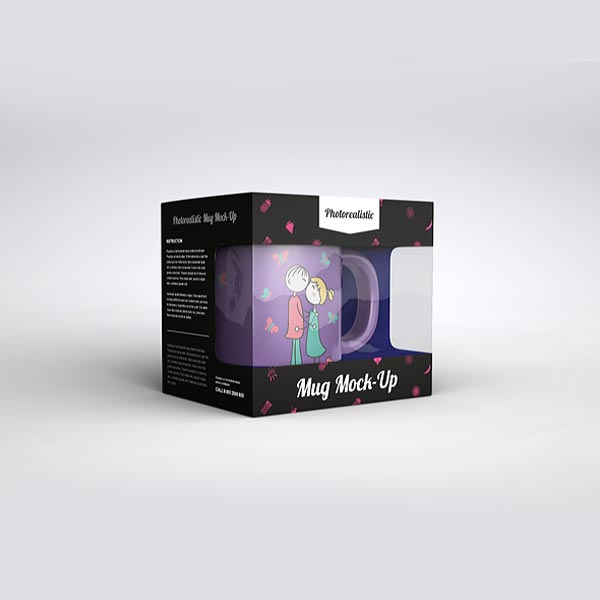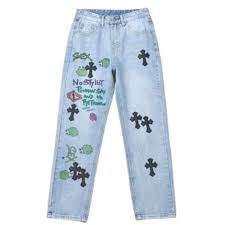Interactive toys play a vital role in a dog’s overall well-being by providing mental and physical stimulation. These toys help channel their energy into productive activities, reducing the risk of destructive behaviors. Dogs are naturally curious creatures, and interactive toys challenge their problem-solving skills, keeping their minds sharp. Additionally, these toys can serve as a bonding tool between you and your pet, promoting a stronger relationship.
In a world where dogs are often left alone due to their owners’ busy schedules, interactive toys become essential. They not only provide entertainment but also alleviate feelings of loneliness and boredom. A well-stimulated dog is generally happier, healthier, and less likely to develop behavioral issues. Understanding the various types of interactive toys available can help you choose the best option tailored to your dog’s needs.
Types of Interactive Toys for Dogs
There are various types of interactive toys designed to cater to different aspects of a dog’s personality and preferences. Puzzle toys are particularly popular, encouraging dogs to solve challenges to earn treats. These toys stimulate their cognitive abilities and reward their problem-solving skills, making learning fun. Puzzle toys range from simple treat-dispensing balls to more complex puzzle boards that require multiple steps to solve.
Chew toys, another popular category, cater to a dog’s instinctual need to chew. These toys are often made of durable materials and can be flavored to make them more appealing. Chewing helps maintain dental health by reducing plaque and tartar build-up while also providing an outlet for stress relief. For dogs that enjoy chasing, interactive fetch toys offer a twist on the classic game of fetch, incorporating elements like unpredictable bounces or unique shapes that make retrieval more engaging.
Choosing the Right Interactive Toy for Your Dog
Selecting the right interactive toy for your dog depends on several factors, including their size, age, and temperament. Puppies, for instance, may benefit more from softer, more malleable toys that are gentle on their developing teeth. Older dogs might prefer toys that are easy to chew or those that require less physical effort but more mental engagement. Size is crucial as well; a toy that’s too small can pose a choking hazard, while one that’s too large may be difficult for your dog to interact with effectively.
Activity level and play style are also important considerations. High-energy dogs may thrive on toys that encourage physical activity, such as tug toys or chase toys. Conversely, more sedentary dogs might find puzzle toys more appealing, as they can engage with them at their own pace. It’s also worth noting that some dogs enjoy toys that mimic natural behaviors, like digging or hunting, so consider toys that cater to these instincts. Remember to monitor your dog’s interaction with new toys to ensure they are safe and effective.
Enhancing Playtime: Safety and Supervision
While interactive toys are designed to be safe, it’s important to supervise your dog’s playtime, especially when introducing new toys. This not only ensures their safety but also allows you to gauge how they interact with the toy. Some toys may have small parts that could become a choking hazard if broken, while others might be too challenging or frustrating for your dog initially. Supervision helps you address these issues promptly and adjust the toys as needed.
Additionally, regular inspection of the toys is essential. Over time, even the most durable toys can wear down or break, potentially posing risks to your dog. Cleaning the toys periodically is also crucial to maintain hygiene, especially for toys that dispense treats or come into contact with saliva. While choosing interactive toys, you may also consider other pet care products that enhance your pet’s safety and comfort, like a cat nail clipper with guard, which ensures safe grooming practices.
Benefits Beyond Entertainment
Interactive toys offer benefits that go beyond mere entertainment. They provide an excellent way to manage a dog’s weight, especially for those that are prone to obesity. By incorporating physical activity into playtime, these toys encourage dogs to move more, helping them burn calories and maintain a healthy weight. Moreover, interactive toys can help improve a dog’s cognitive functions by stimulating their problem-solving skills and keeping their minds engaged.
Socialization is another significant benefit of interactive toys. Toys that involve owner participation, like tug or fetch toys, can strengthen the bond between you and your dog, fostering trust and companionship. For multi-dog households, interactive toys can also facilitate positive interactions between dogs, helping to reduce competition and aggression. Lastly, interactive toys can be therapeutic for dogs recovering from injury or surgery, providing them with gentle, stimulating activities that promote mental well-being during their recovery period.
Investing in the right interactive toys can greatly enhance your dog’s quality of life. These toys not only entertain but also provide vital mental and physical stimulation, contributing to a happier, healthier pet. Whether you choose puzzle toys, chew toys, or fetch toys, the key is to select options that cater to your dog’s specific needs and preferences. With the right selection, interactive toys can transform playtime into a rewarding, enriching experience for both you and your dog.




